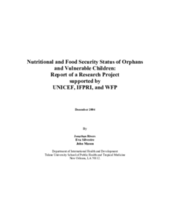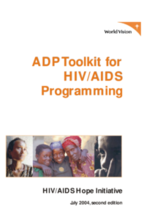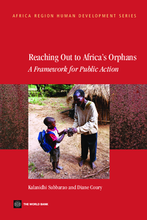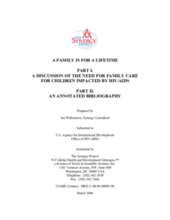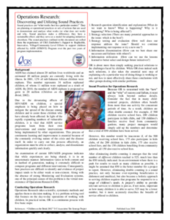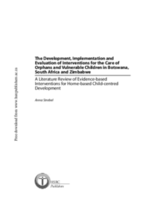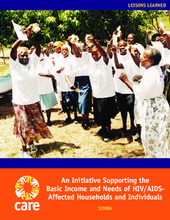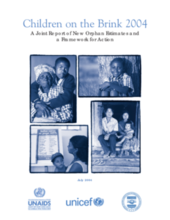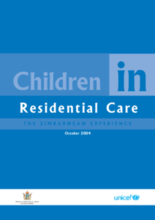Displaying 361 - 370 of 412
A report on the nutritional status of orphans in sub-Saharan Africa. Seeks to understand the relationship between child vulnerability and food security. Contains conclusions and recommendations relevant for future monitoring initiatives.
Toolkit for the founding and expansion of HIV/AIDS responses in development programs. Includes hands-on tools and support documentation.
A detailed book providing evidence-based guidelines for approaches and interventions to best mitigate the various risks confronted by OVC.
Rapid assessment of the social impact of HIV/AIDS on children in Belize. Although many typical vulnerabilities are not as prevalent in the Belize as in other developing countries, HIV-related stigma remains a significant threat to children living with and affected by HIV/AIDS.
Reviews 80 of the most significant and relevant documents focusing on family care for children affected by HIV/AIDS. Focuses on common areas of concern, research gaps, and ways to address identified needs.
Sound practices culled from the experiences of CRS Zimbabwe’s Support to Replicable, Innovative, Village/Community-Level Efforts to support children affected by AIDS (STRIVE) Program on Operations Research.
A review of interventions for orphaned and vulnerable children that focuses on community-supported, home-based care examples. Highlights several models and programs, such as the COPE approach and Village AIDS Committees. Advocates the need for more research-based interventions and evaluation.
This paper outlines a program (SIMBA) established to work with local AIDS Service Organizations (ASOs) in Zimbabwe to promote economic development in HIV/AIDS affected communities. Efforts to promote capacitiy building of organizations, self-managed and savings-based microfinance services, and basic business management training are described.
This report examines the current state of orphans and vulnerable children. It provides a regional overview, highlights trends, urges support for alternatives to institutional care and child participation, and presents a framework of protection and care of orphans and vulnerable children. Includes comprehensive data appendices.
Analyzes the state of institutional care in Zimbabwe against the national child protection policy. Focuses on the role of donors in the proliferation of institutional care and strategies to better regulate the development and provision of child protection services.

